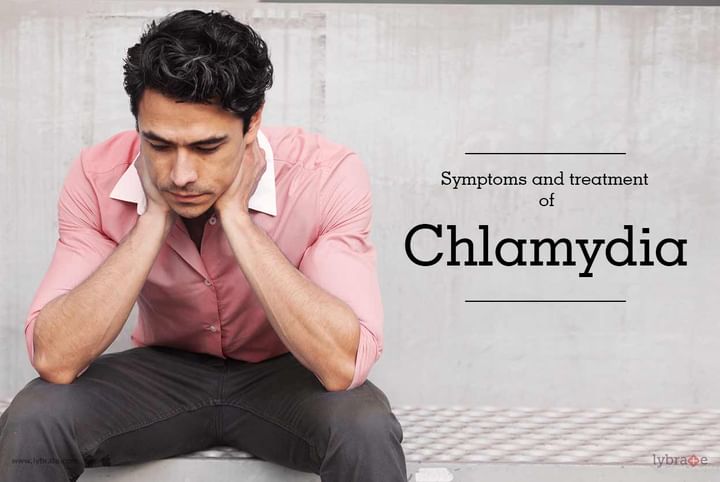Symptoms and Treatment of Chlamydia
As many as 75% of infections in women and 50% of infections in men have no symptoms associated with the Chlamydia whatsoever. Chlamydia is a type of STI. STIs are sexually transmitted infections or diseases. It is extremely common due to the ease with which it spreads. Also, the fact that there are often no symptoms associated with Chlamydia makes it even harder to diagnose and deal with. However, there may be a few observable symptoms such as:
Symptoms in men:
1. There is a little discharge from the penis which tends to be clear or cloudy
2. Urination becomes painful
3. The opening of the penis begins to burn and itch
4. Your testicles begin to swell and pain
Symptoms in women:
1. Similar to men, women have a discharge from the vagina, which has a bad odor
2. Between periods, bleeding may occur
3. Periods become painful
4. Fever and abnormal pain
5. Sex becomes painful
6. Similar to men, urinating becomes painful
7. Around the vagina, there is an itching or burning sensation
Treatment for Chlamydia:
The following steps are taken for the treatment of Chlamydia:
- Antibiotic prescription: The first step is prescribing antibiotics to the person suffering from the infection. These antibiotics tend to be oral, in nature. Usually, azithromycin or doxycycline is prescribed.
- Checking and treating the partner of the patient: Once the doctor has diagnosed Chlamydia, he will immediately check your partner to make sure that he or she is not infected and if he or she is then the doctor will treat your partner as well.
- Treatment for severe infections: This infection mostly occurs in women. The treatment given to women with severe infections includes intravenous antibiotics, pain medicine and hospitalization.
- Follow up visits: These are usually scheduled three months later to make sure that there is no reinfection or further complication related to sexual infections.



+1.svg)
